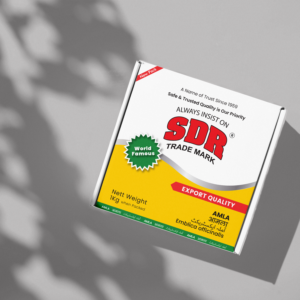Swertia chirayita (Gentianaceae), a popular medicinal herb indigenous to the temperate Himalayas is used in traditional medicine to treat numerous ailments such as liver disorders, malaria, and diabetes and are reported to have a wide spectrum of pharmacological properties. Its medicinal usage is well-documented in Indian pharmaceutical codex, the British, and the American pharmacopeias and in different traditional medicine such as the Ayurveda, Unani, Siddha, and other conventional medical systems. This ethnomedicinal herb is known mostly for its bitter taste caused by the presence of different bioactive compounds that are directly associated with human health welfare. The increasing high usage of Swertia chirayita, mostly the underground tissues, as well as the illegal overharvesting combined with habitat destruction resulted in a drastic reduction of its populations and has brought this plant to the verge of extinction. The increasing national and international demand for Swertia chirayita has led to unscrupulous collection from the wild and adulteration of supplies. The aim of this review is to provide a synthesis of the current state of scientific knowledge on the medicinal uses, phytochemistry, pharmacological activities, safety evaluation as well as the potential role of plant biotechnology in the conservation of Swertia chirayita and to highlight its future prospects. Pharmacological data reported in literature suggest that Swertia chirayita shows a beneficial effect in the treatment of several ailments. However, there is lack of adequate information on the safety evaluation of the plant. The pharmacological usefulness of Swertia chirayita requires the need for conservation-friendly approaches in its utilization. Providing high-quality genetically uniform clones for sustainable use and thereby saving the genetic diversity of this species in nature is important. In this regard, plant biotechnological applications such as micropropagation, synthetic seed production, and hairy root technology can play a significant role in a holistic conservation strategy. In addition to micropropagation, storage of these valuable genetic resources is equally important for germplasm preservation.
Chirata
₹3,199 – ₹18,000
Swertia chirayita (Gentianaceae), a popular medicinal herb indigenous to the temperate Himalayas is used in traditional medicine to treat numerous ailments such as liver disorders, malaria, and diabetes and are reported to have a wide spectrum of pharmacological properties. Its medicinal usage is well-documented in Indian pharmaceutical codex, the British, and the American pharmacopeias and in different traditional medicine such as the Ayurveda, Unani, Siddha, and other conventional medical systems.
| Packaging | 1 Kg – Paste, 100g – Paste, 100g – Powder, 10g – Paste, 10g – Stick, 10ml, 1Kg – Powder, 20ml, 30g – Stick, 30ml, 500g – Powder, 50g – Paste, 5g – Powder |
|---|




